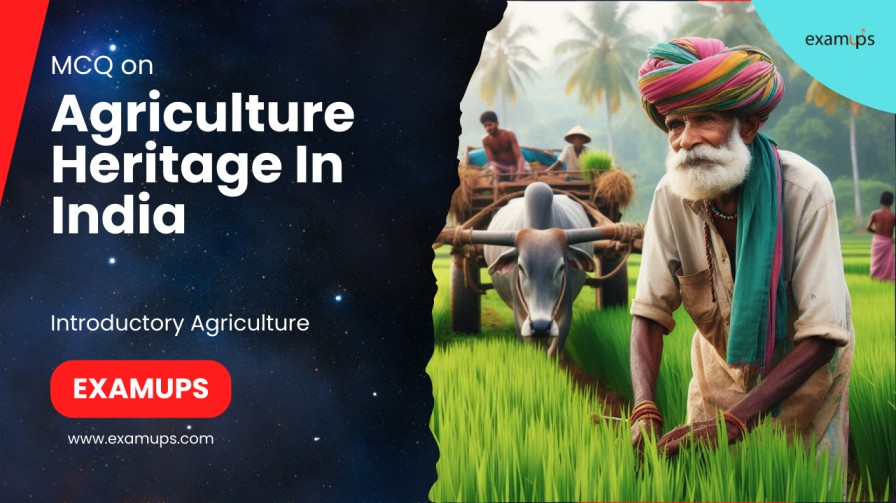MCQ on Agriculture Heritage In IndiaMCQ on Agriculture Heritage In India
|
MCQ on Agriculture Heritage In India for ICAR-JEF, ICAR-SRF, ICAR-NET, IBPS-AFO/SO, Pre-PG, BHU Pre-PG, IFFCO-AGT, CCI, FCI, B.sc, M.sc, All Agriculture Competitive Exams. 1. What does GIAHS stand for in

